Pittsburgh, PA
Corrective actions were initiated following the discovery of “obvious, extensive contamination” during a UST closure assessment completed at an auto repair shop in Pittsburgh, PA in November 2010. Site characterization activities conducted by FEI included:
- The advancement of twenty-three (23) soil borings and the installation of sixteen (16) monitor wells to better define the source area as well as the vertical and lateral extent of the soil and groundwater contamination;
- Land and Groundwater Use evaluations to determine zoning and potential affected water supplies;
- The collection of multiple sets of groundwater samples;
- A hydrogeologic investigation to characterize the contaminated aquifer properties, including water level gauging and completion of bail-down tests; and
- Two (2) rounds of soil gas sampling conducted at three (3) monitoring locations to address the vapor intrusion exposure pathway.
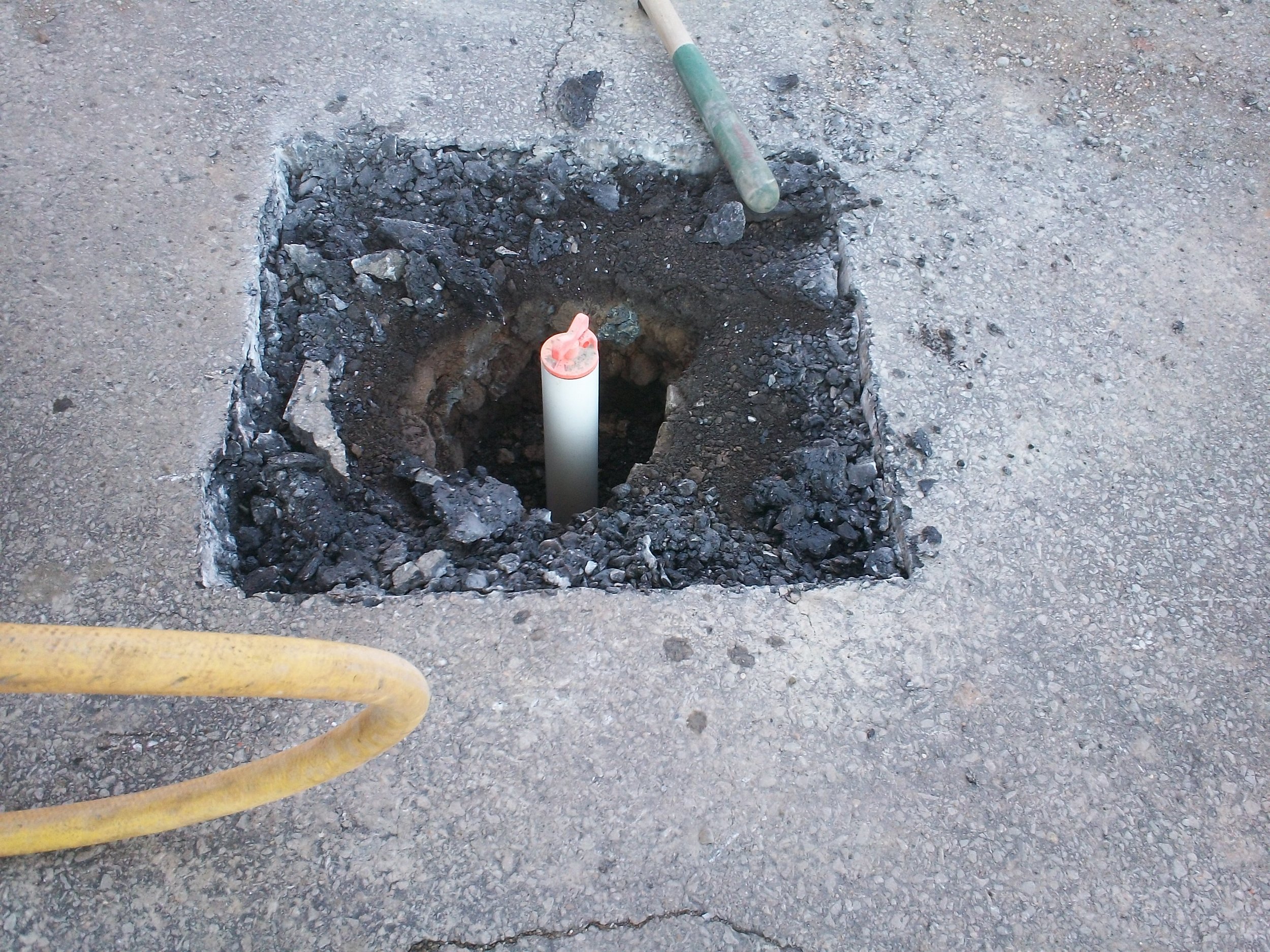
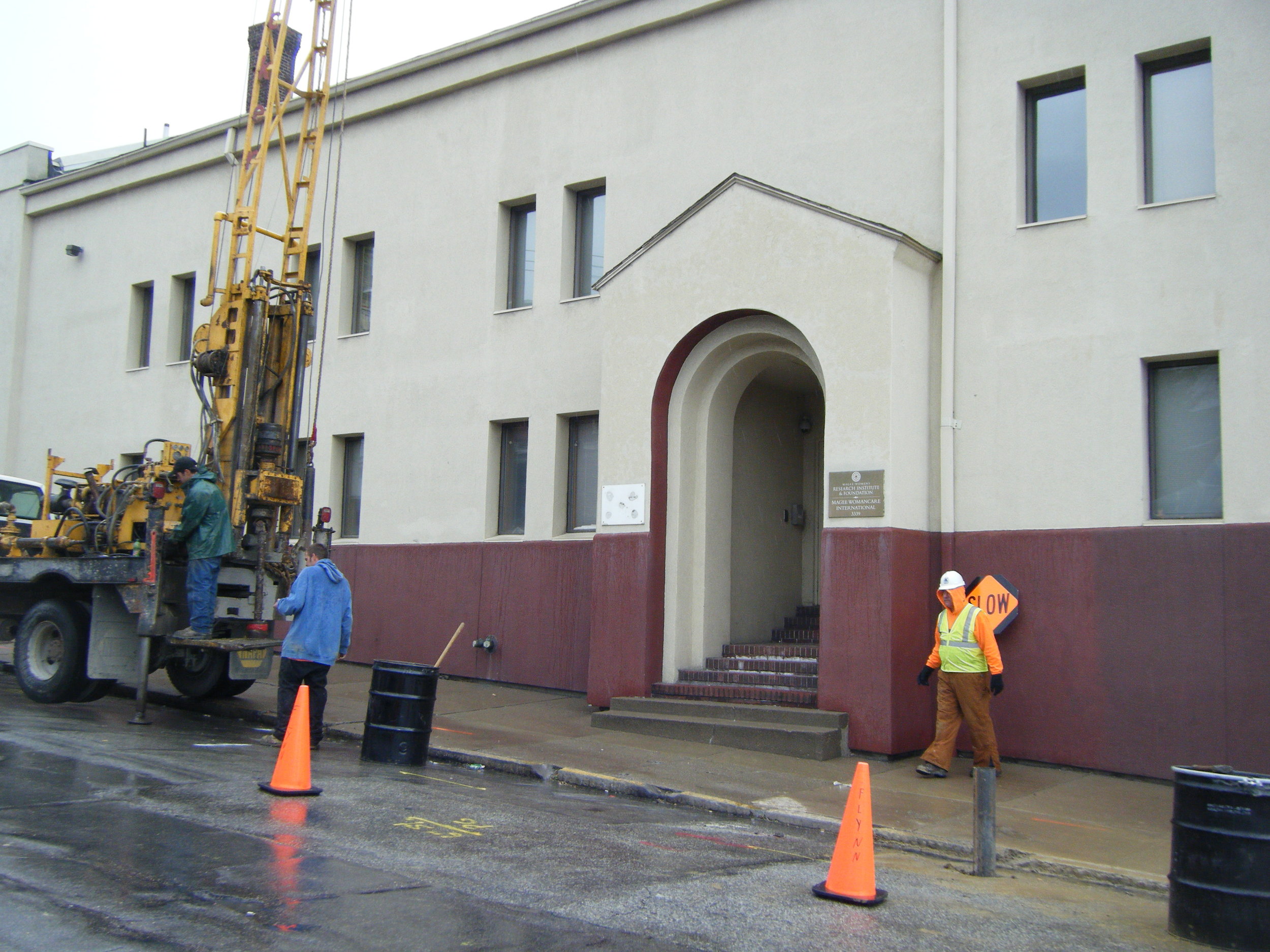
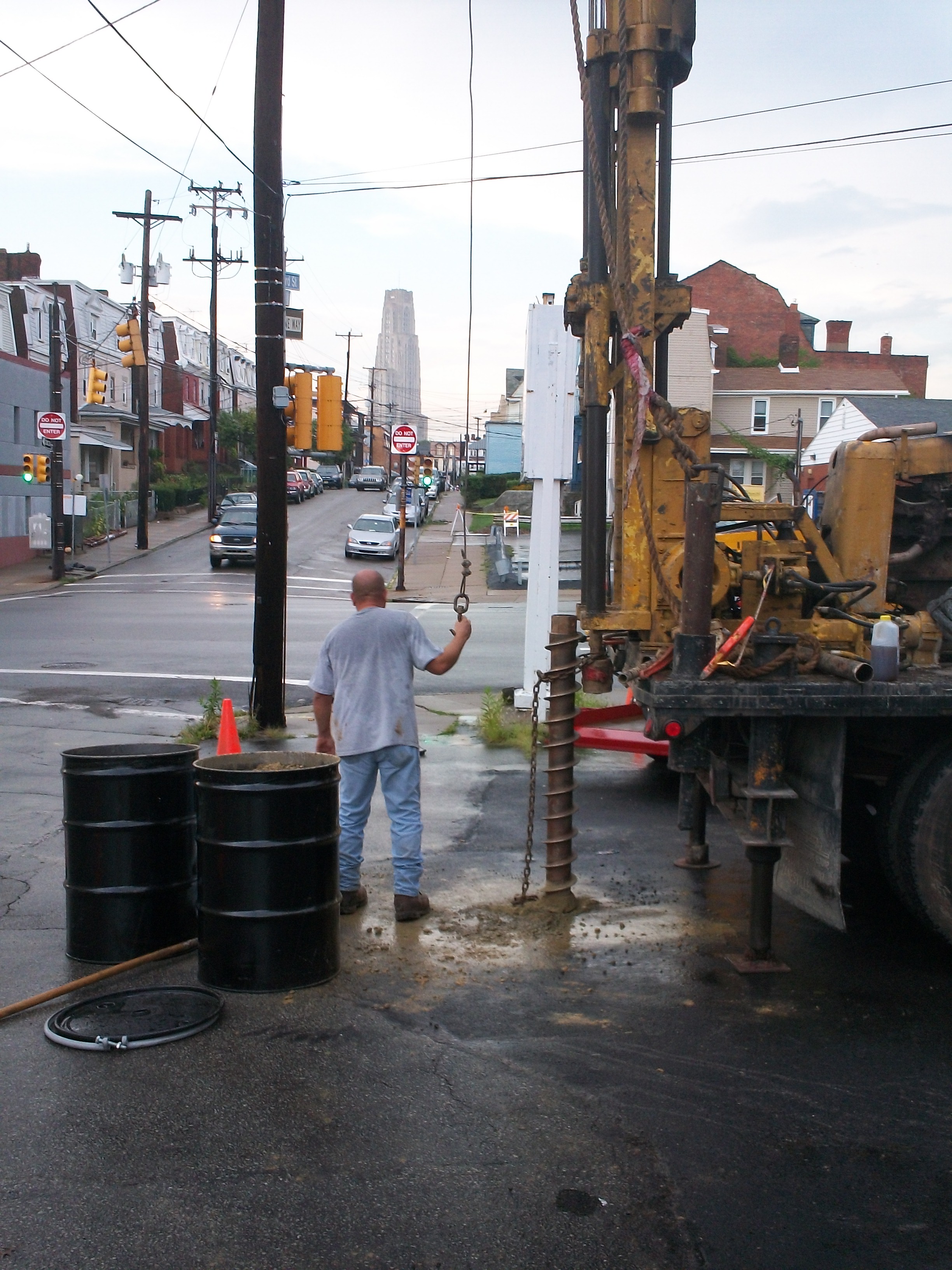
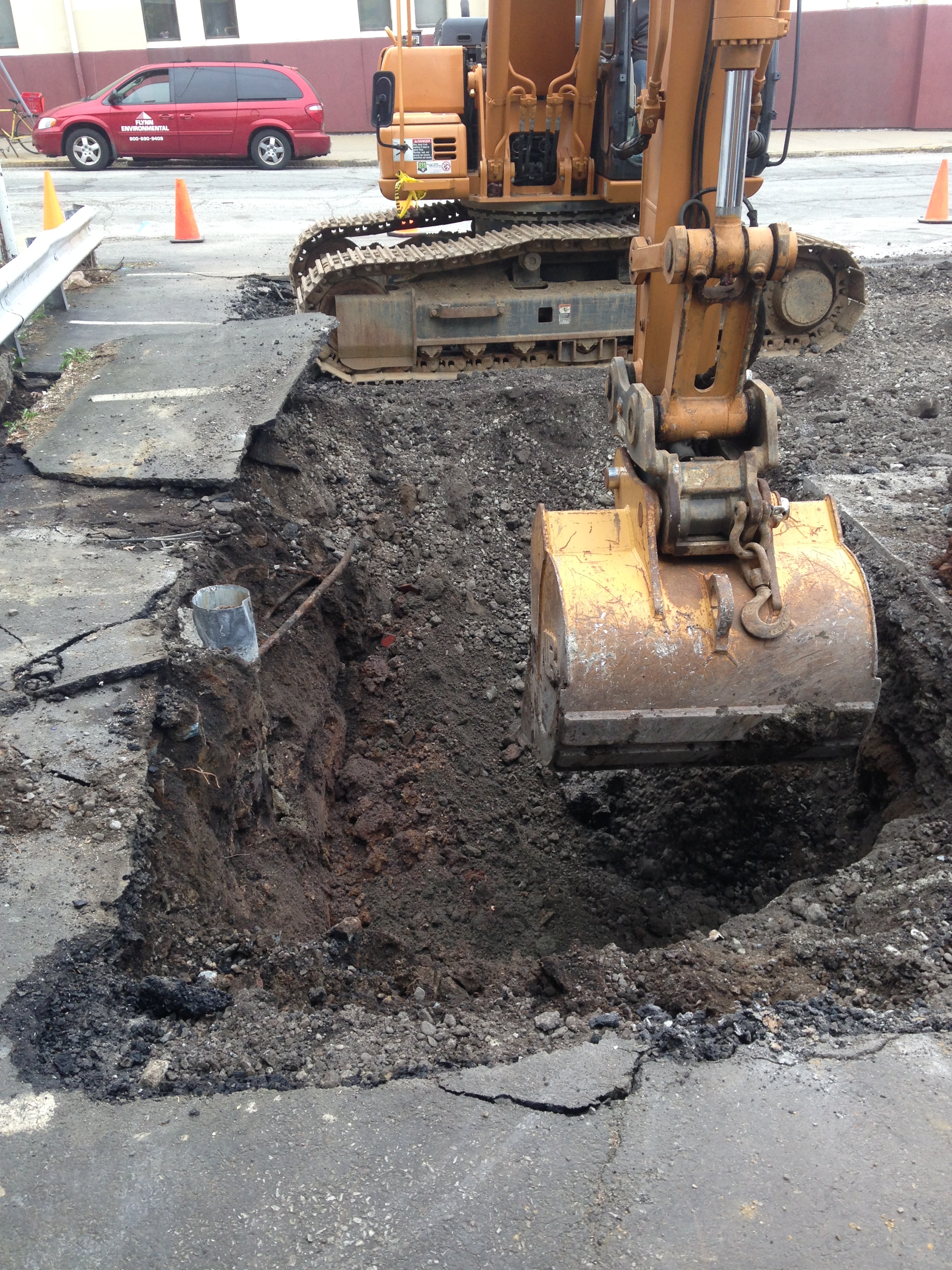

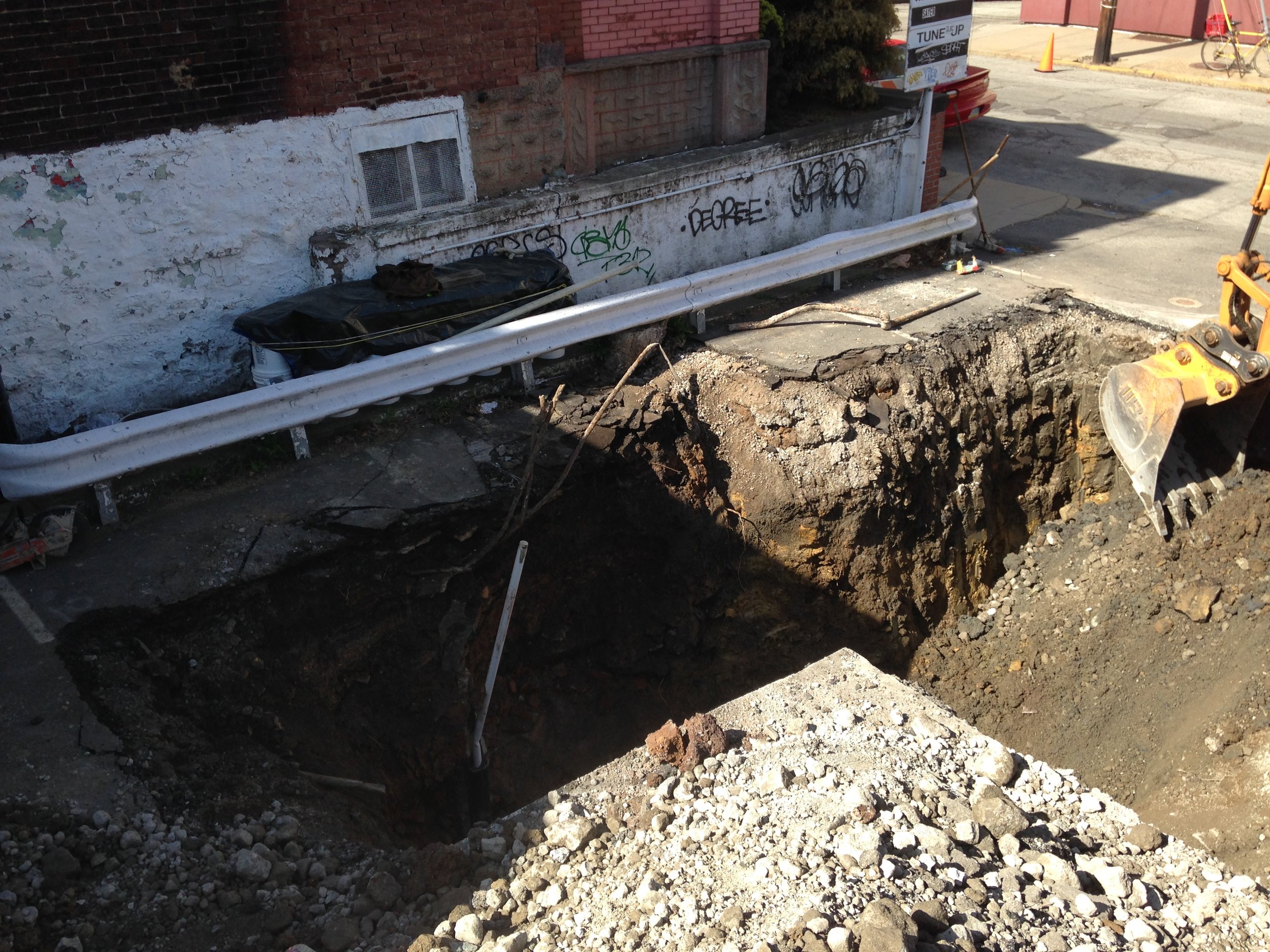



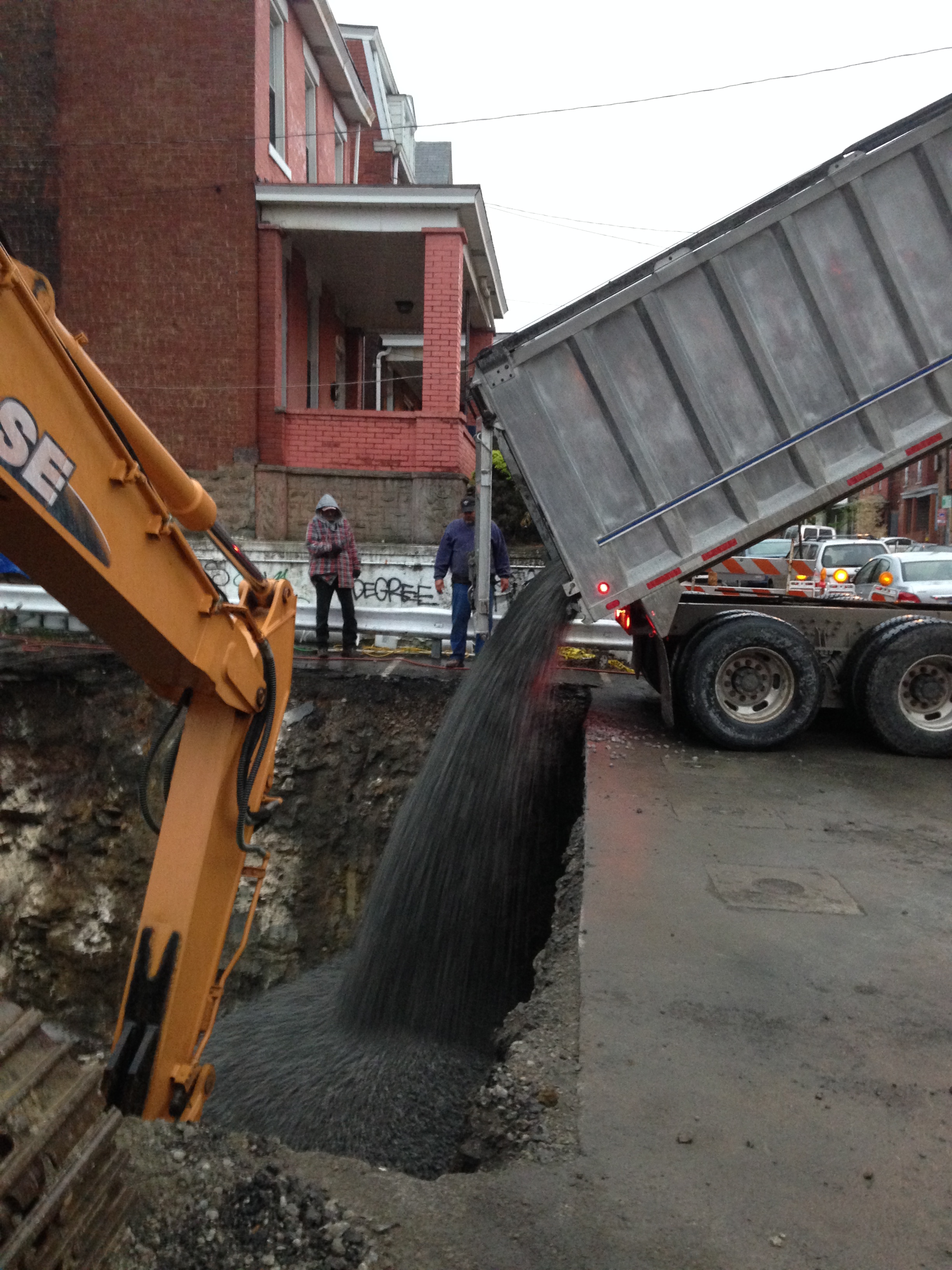


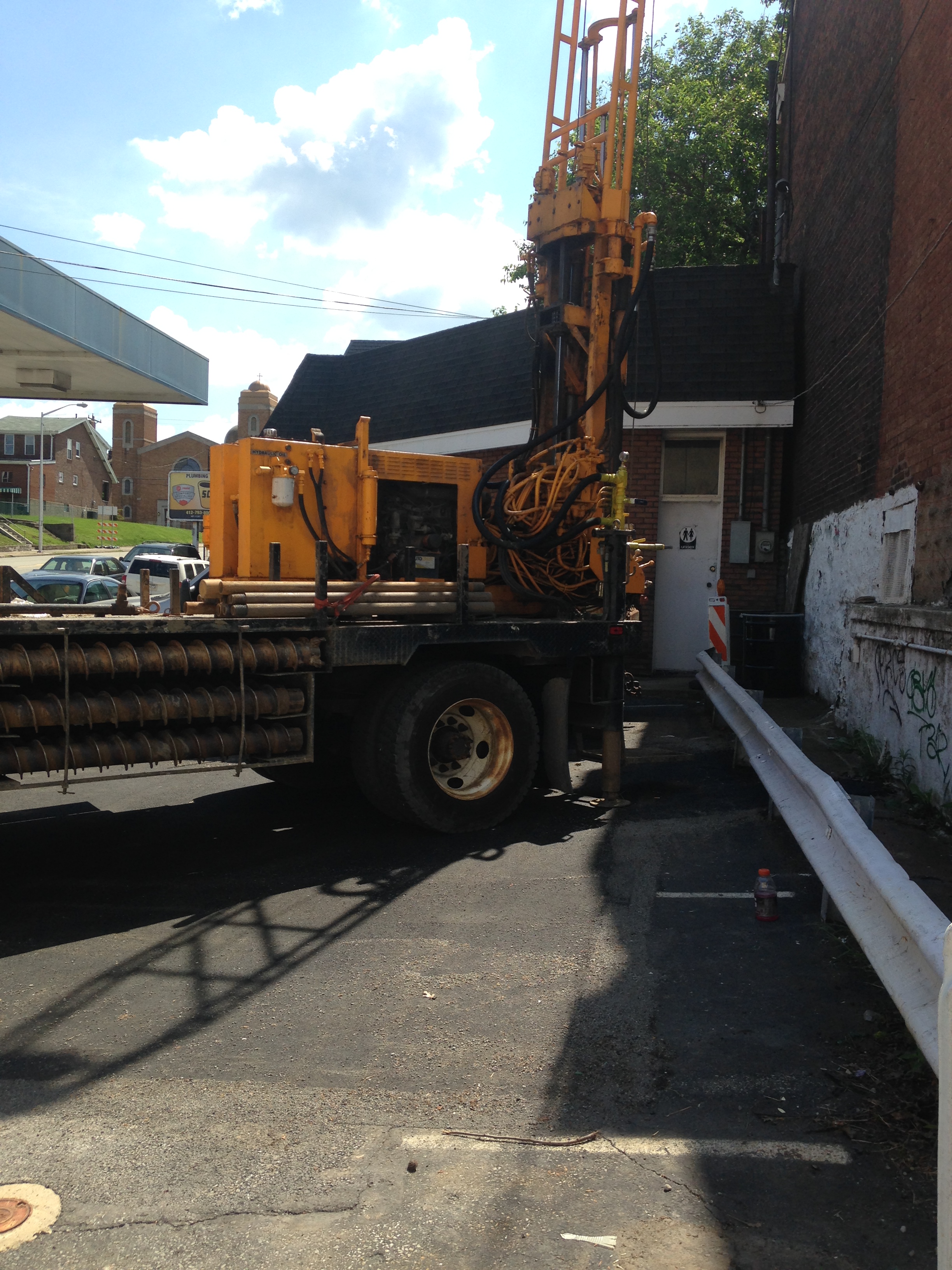




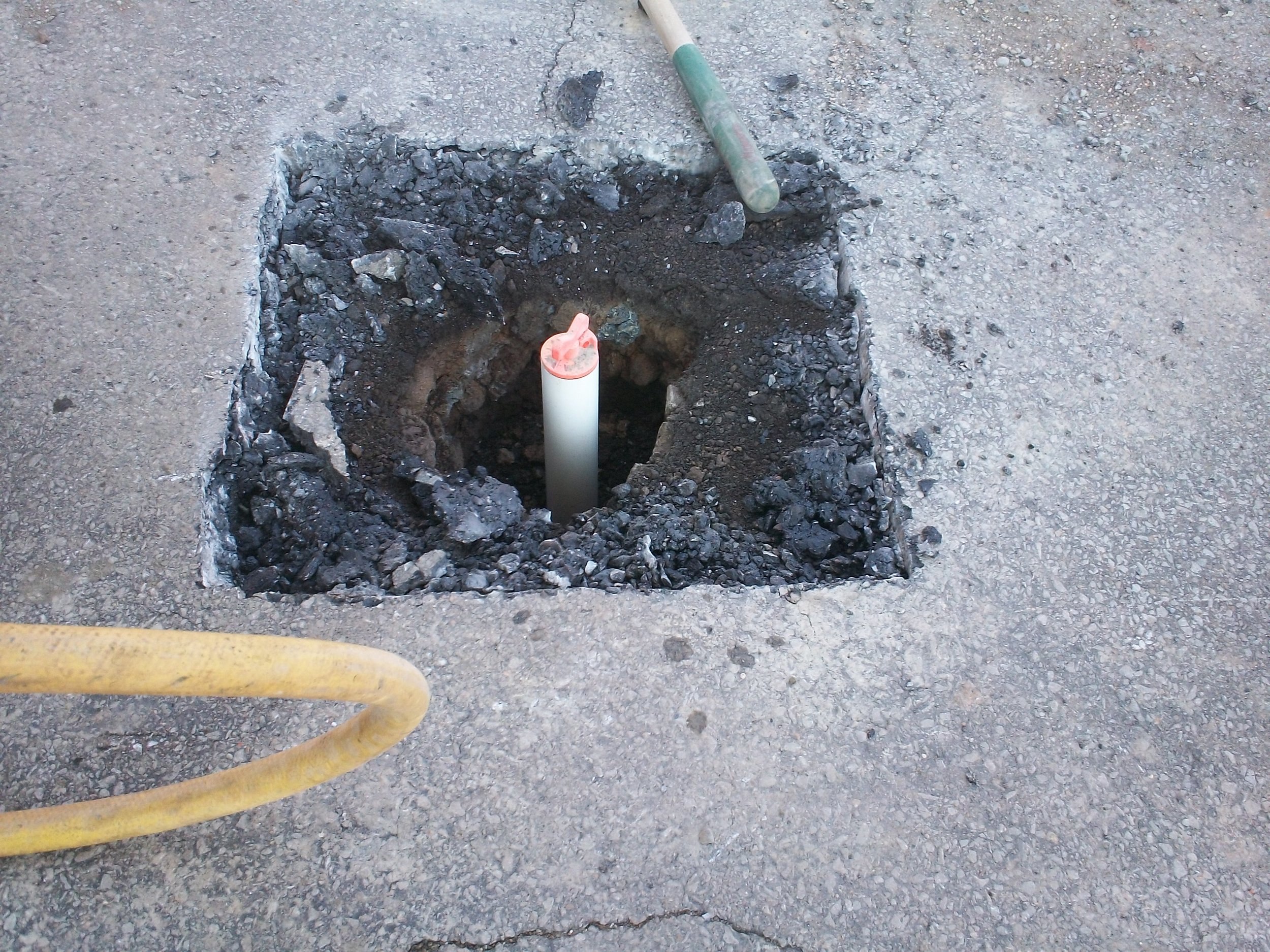
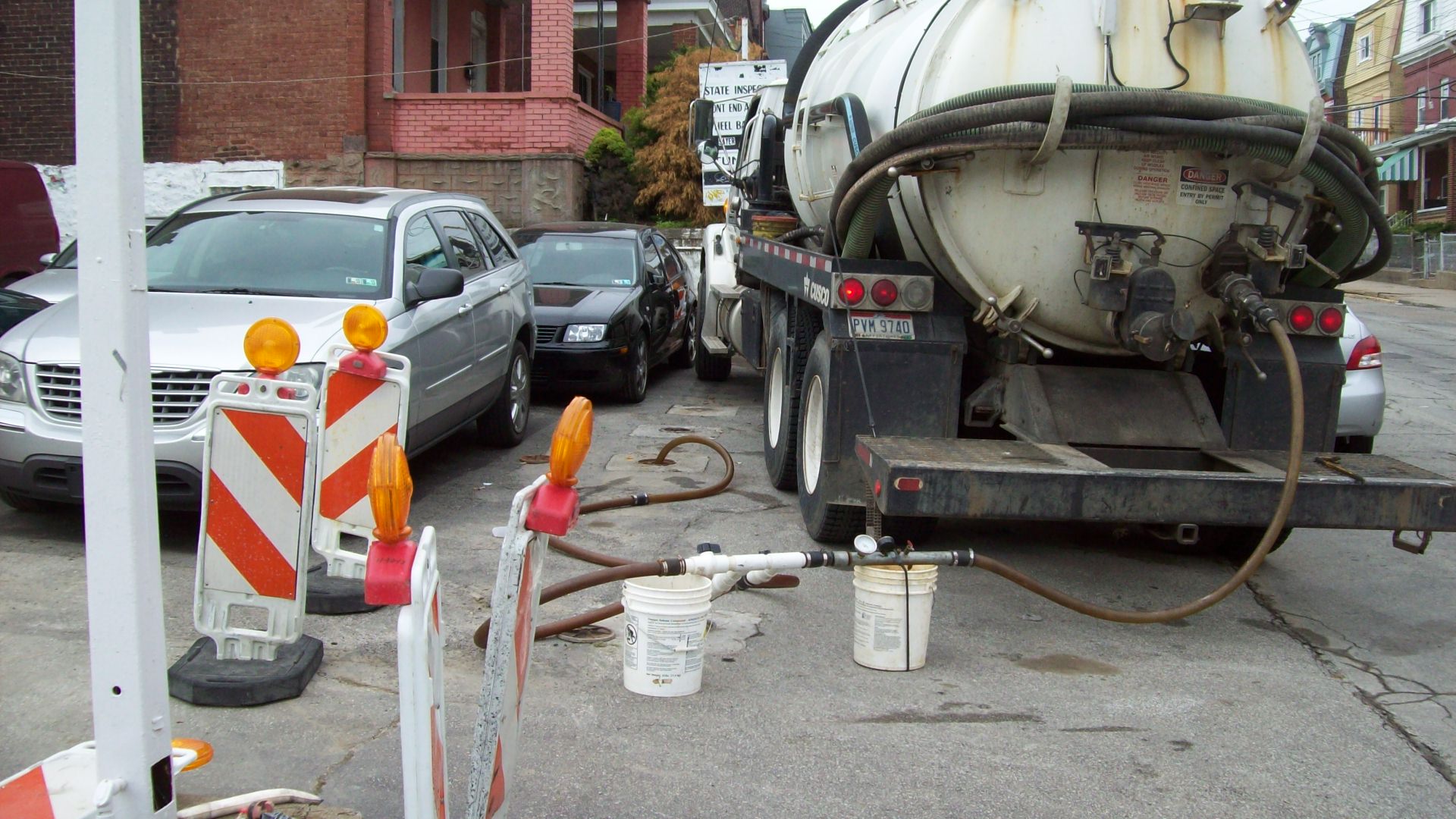

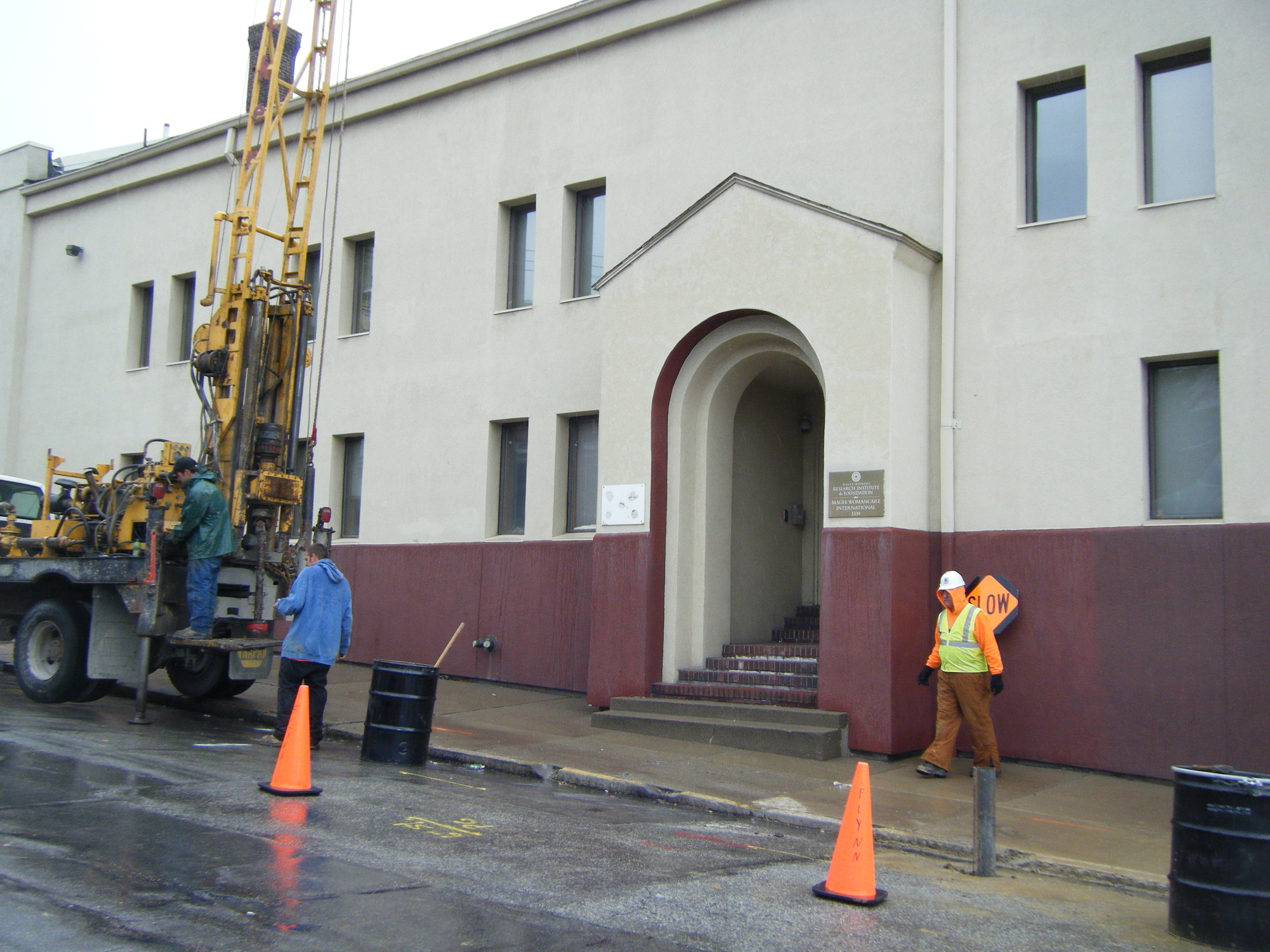

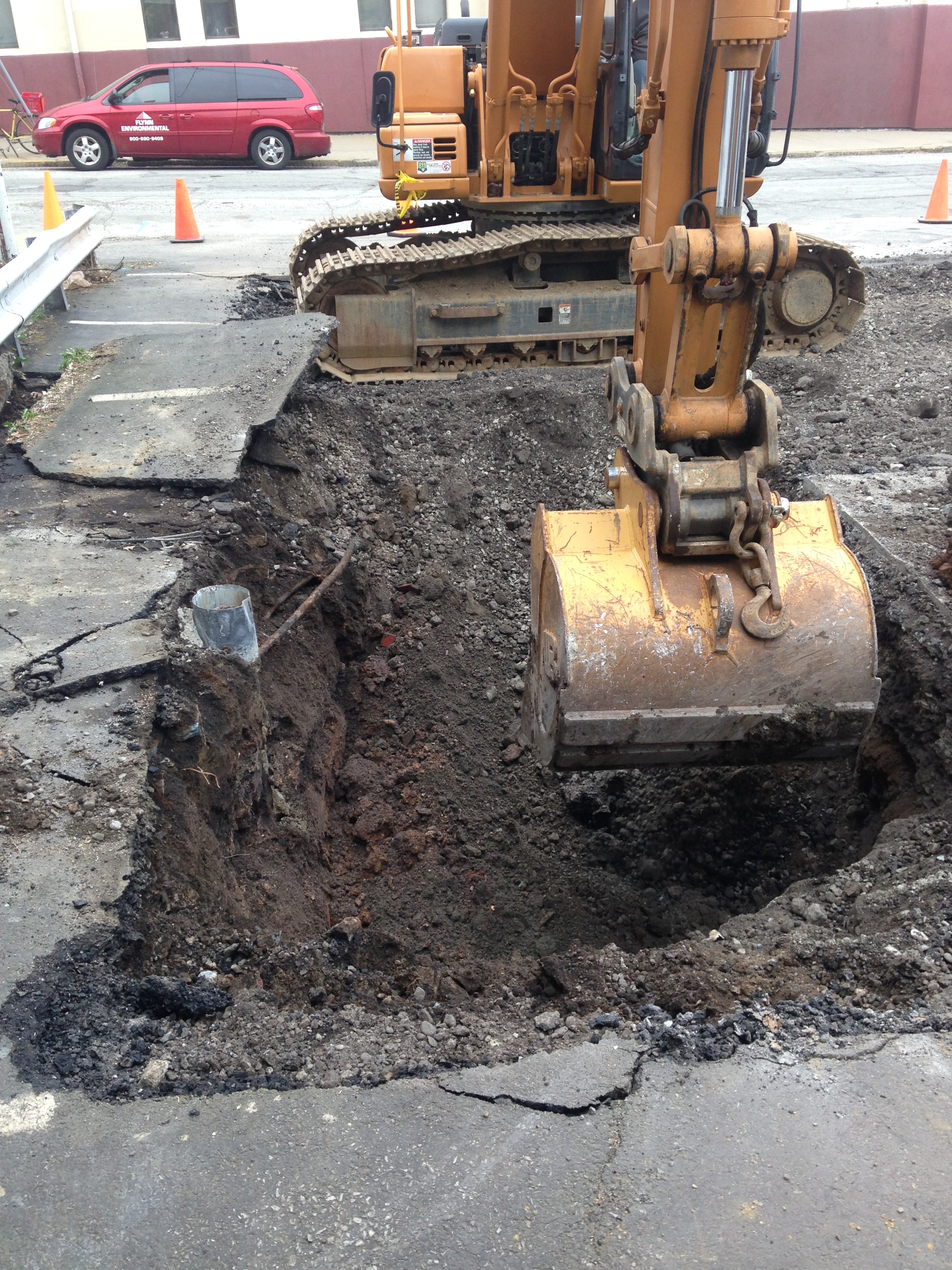
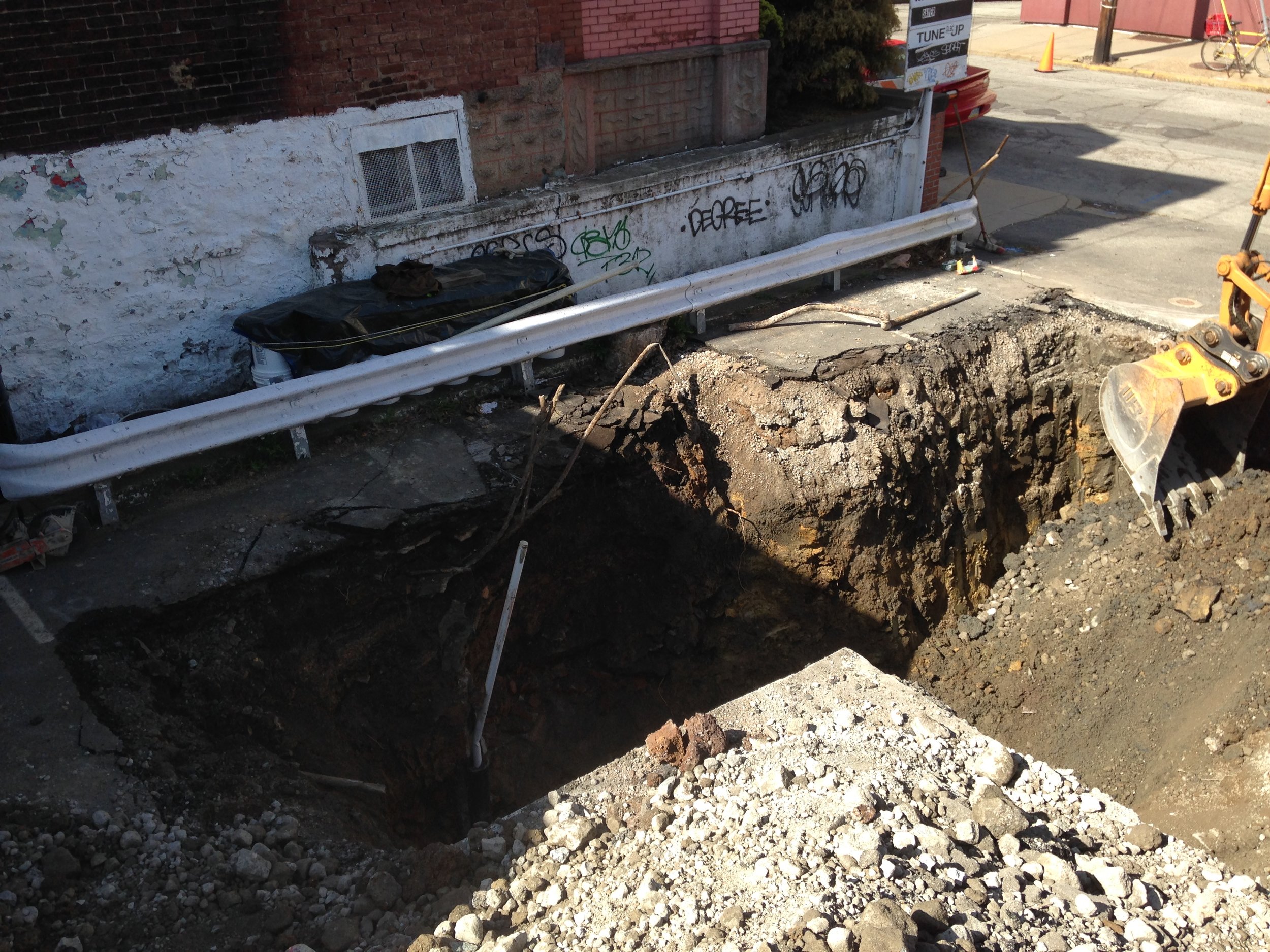

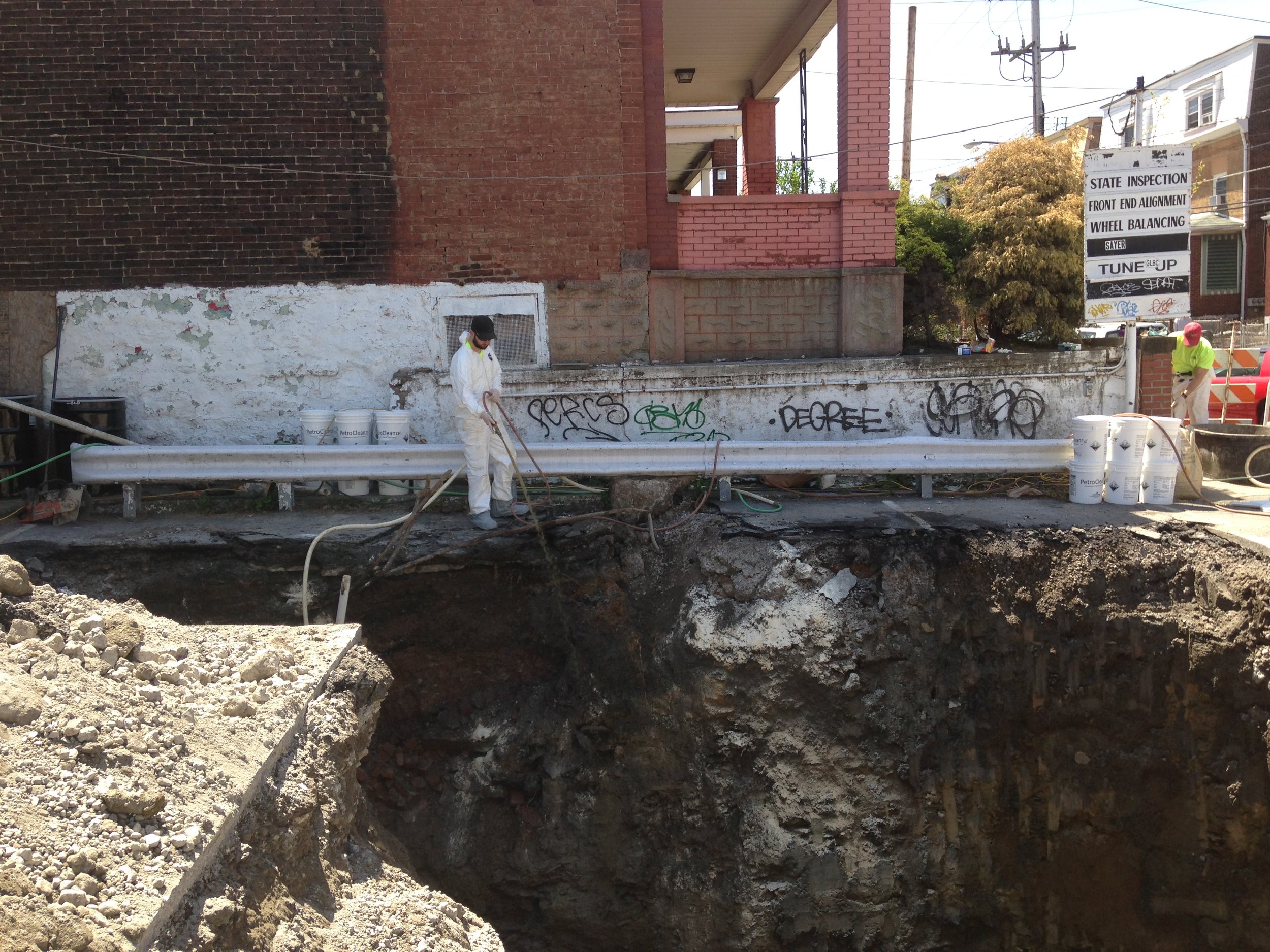

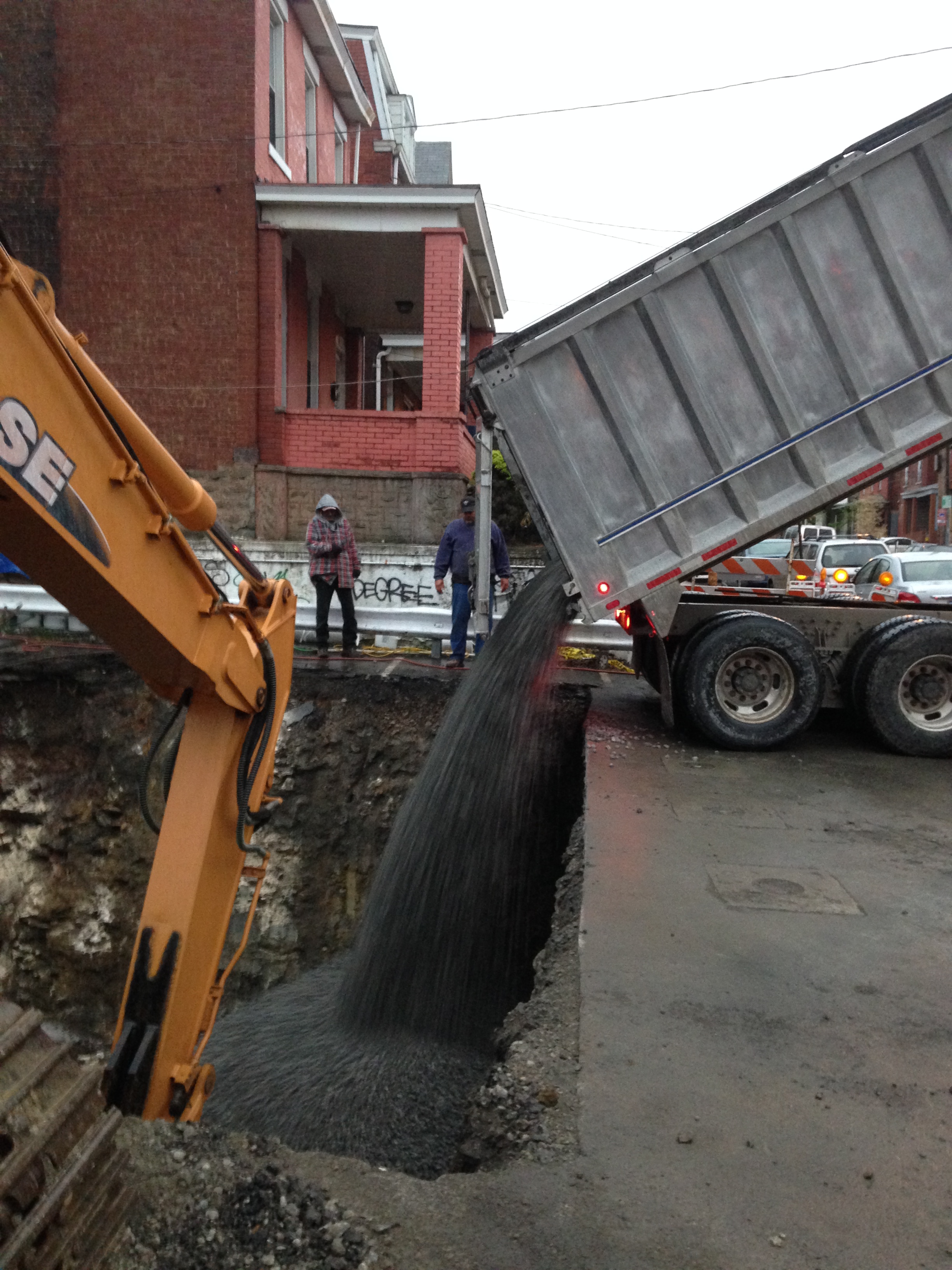

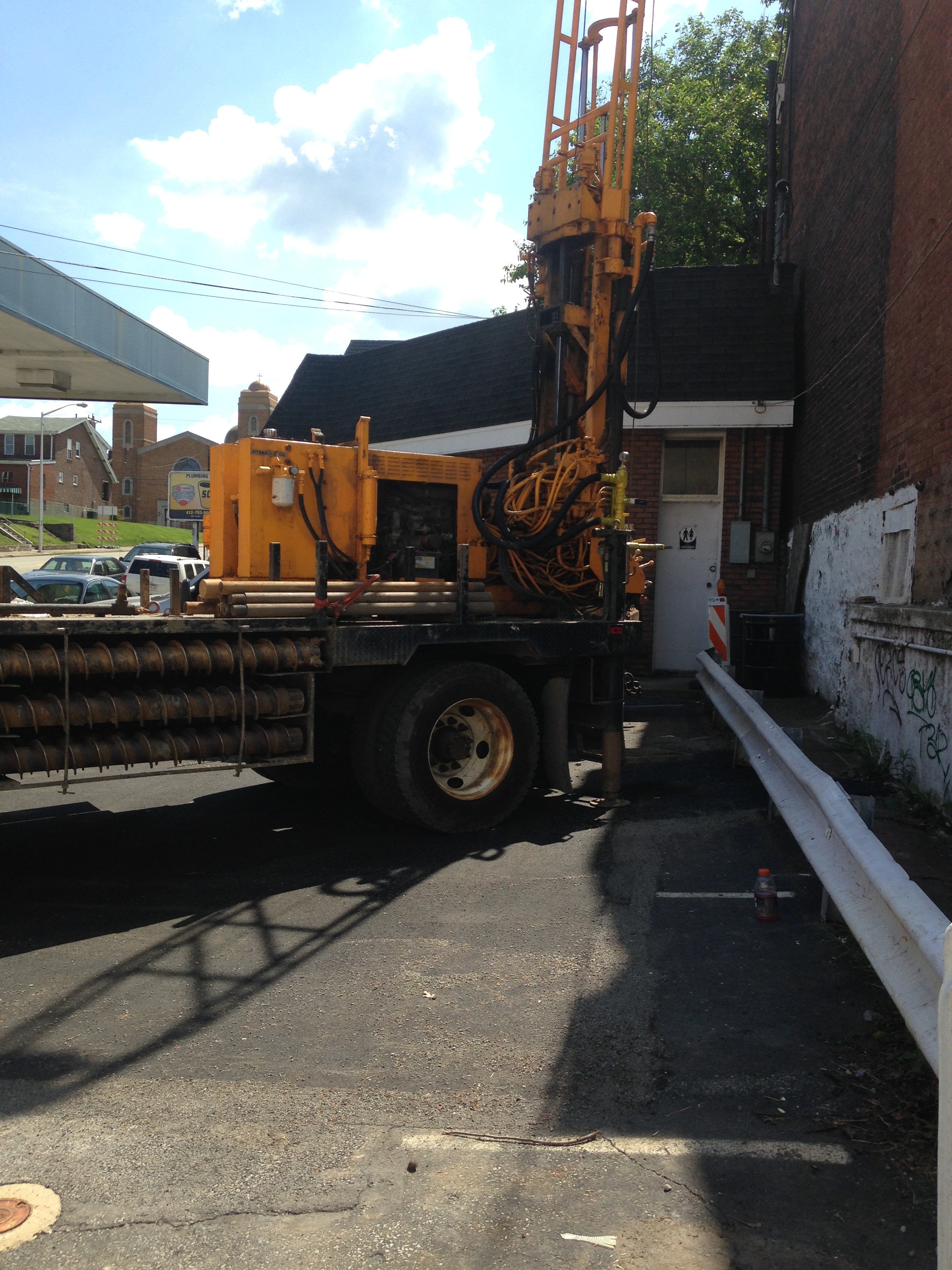


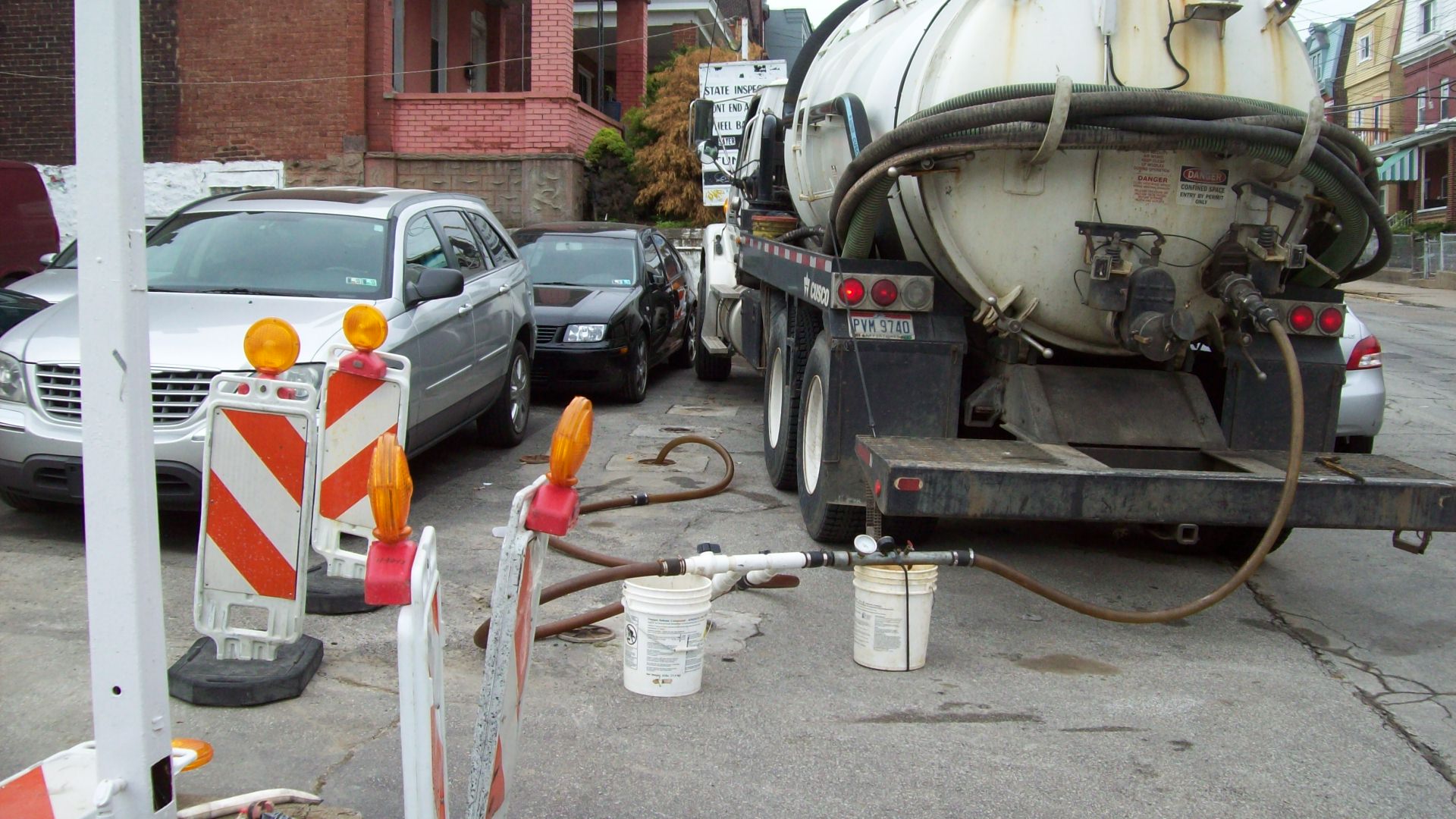


The results of the field investigation identified the following conditions requiring remediation or further evaluation:
- Soil contamination exceeding the Residential Soil Leaching to Groundwater MSC, the Soil Direct Contact MSC, and the Soil Volatilizing To Indoor Air Screening Levels in the area associated with the former UST cavity; and
- Groundwater concentrations exceeding the residential Groundwater MSCs for a Non-Use Aquifer were identified in monitor wells within, adjacent to and downgradient of the decommissioned UST systems and the former dispenser island;
Site characterization activities were summarized in an SCR/RAP submitted to the PADEP in October of 2012. The SCR/RAP proposed excavation and off-site disposal of petroleum-contaminated soil, which was completed in May of 2014. A total of 267.79 tons of PCS was removed from the identified on-site soil area of concern and properly disposed at the nearest available landfill. In order to aid in addressing the remaining contaminants in both soil and groundwater, 1,650 pounds of an in-situ oxidizing chemical and 440.8 pounds of an oxygen releasing chemical were applied to the open excavation before it was backfilled. Several DPE groundwater extraction events were completed (in the residual source area) following the excavation/chemical application.
A RACR was prepared by FEI and approved by the PADEP in May 2017. The RACR demonstrated attainment of the Residential Non-Use Aquifer Statewide Health Standard (SHS) for soil and groundwater. An environmental covenant was placed on the subject property in order to uphold the Non-Use Aquifer designation.







